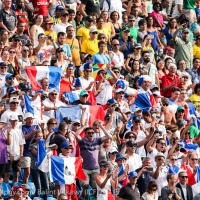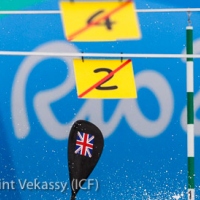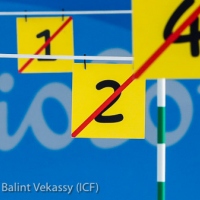Canoe Slalom Essentials
We are anticipating five days of exhilarating competition to test the paddler's supreme skill, strength and mental toughness down a minimum of 200 metres of extreme whitewater.
We are assured four new Olympic Canoe Slalom Champions as none of the previous Olympic Champions have qualified to race in Rio.
There are four classes of boat as we crudely call them. OK, yes technically they are canoes and kayaks. Let me explain. There are two kayak classes:
- K1M – which is K one men, meaning a man sitting in a closed cockpit kayak with a double bladed paddle;
- K1W – which is K one women, meaning a female athlete sitting in a closed cockpit kayak with a double ended paddle;
- C1M – which is C one, meaning currently a man kneeling in a single canoe with a single bladed paddle;
- C2M – which is C two, meaning two men kneeling in a double canoe each with a single bladed paddle on opposite sides of the boat.
Later posts will help you learn more about these classes.
Canoe Slalom format and rules
The paddlers race against the clock down the course through between 18-25 gates of which at least six must be upstream gates. Expect the run time to be approximately 90 to 115 seconds.
You can imagine canoe slalom modelled a little on ski slalom. In canoe slalom, poles are suspended over the whitewater. The competitors incur a 2-second penalty for touching a pole and a huge 50-second penalty should they incorrectly negotiate a gate.
Canoe Slalom format and rules
The Rio Olympic competition is made up of heats where the competitor has the potential for 2 runs down the course. All paddlers race the two heats. The best score counts in the results of the heats. A reduced number progress to the semi-final.
The paddlers have no practice, so need to rely on their experience, skill and coaches to learn the course. They will visualise the exact strokes they will need to use to negotiate the whitewater and the gates! A reduced number of boats qualify for a single semi-final run and 10 boats in each class race again in a single run final.
I encourage anyone to go to Planet Canoe YouTube Channel where you will find great videos to explain it visually much better. Here are the Highlights of the last World Cup race in Pau, France with commentary from Matthew Leighton. Many of the athletes will be racing in Rio.
Canoe Slalom History
Canoe Slalom made its Olympic debut on the Eiskanal in Augsburg at the Munich Olympics in 1972. The now common circular course design, meaning the start and finish are approximately in the same area of the site were then developed for subsequent Olympics;
- La Seu d’Urgell for Barcelona in 1992
- Penrith White Water course for Sydney Olympics in 2000
- Heleniko Whitewater stadium, Athens in 2004
- Shunyi, Beijing in 2008
- Lee Valley whitewater centre, London in 2012
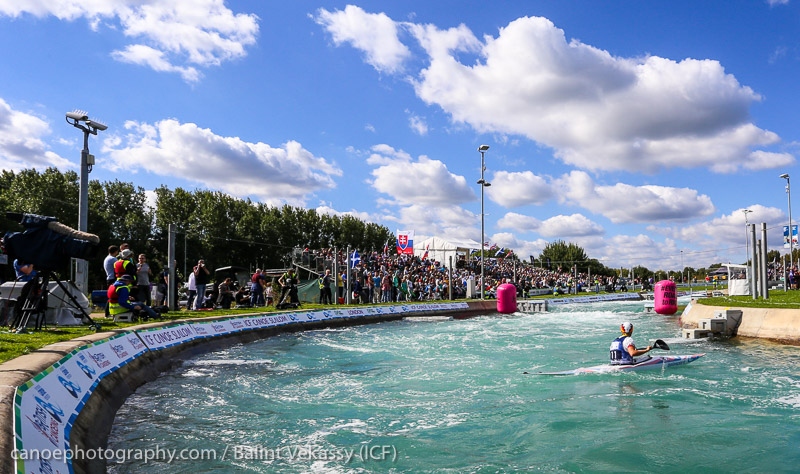
Each has had the great canoe lift which enables paddlers and whitewater rafts to travel on a large conveyor belt back to the start of the course.
These modern artificial slalom courses are made of a concrete channel in which obstacles are bolted underwater to create the required turbulence. There are now other newer artificial courses around the world opened since 2012. These include;
- Wadi Adventure, Al Ain (UAE)
- Vienna Watersports Arena (Austria)
- Pinkston Watersports, Glasgow (Scotland)
- Wero Whitewater Park, Auckland (New Zealand)
- Riversport Rapids, Oklahoma City (USA)
For the 5 days of the Olympic Games there is stadium seating for 8,000 spectators at the X-Park in Deodoro. The big white water and drops on the Deodoro whitewater centre will make it spectacular to watch on TV. Post Olympics the site will host the 2018 ICF Canoe Slalom World Championships.
Read a fuller history of canoe slalom here
Keep tuning in
Coming up tomorrow the analysis of the 31 nations whose athletes will compete in Rio starting on August 7th. We will also start to hear insights from the paddlers.
Our future posts will share the 84 athletes who are competing together with our prediction of likely medallists to watch. They are competing for 4 gold medals, one in each of the 4 classes: K1M; K1W; C1M and C2M.
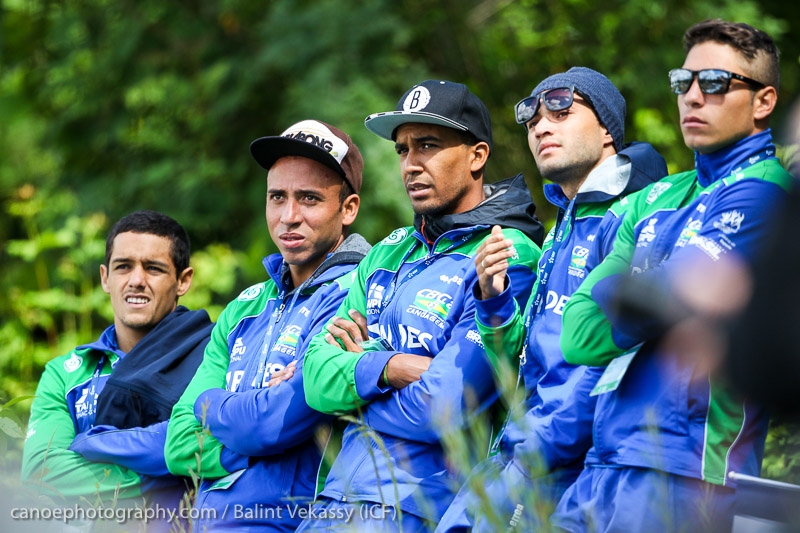
We welcome your interaction. Remember to use hashtag #ICFslalom across all social media. Please comment through @PlanetCanoe on Twitter.

